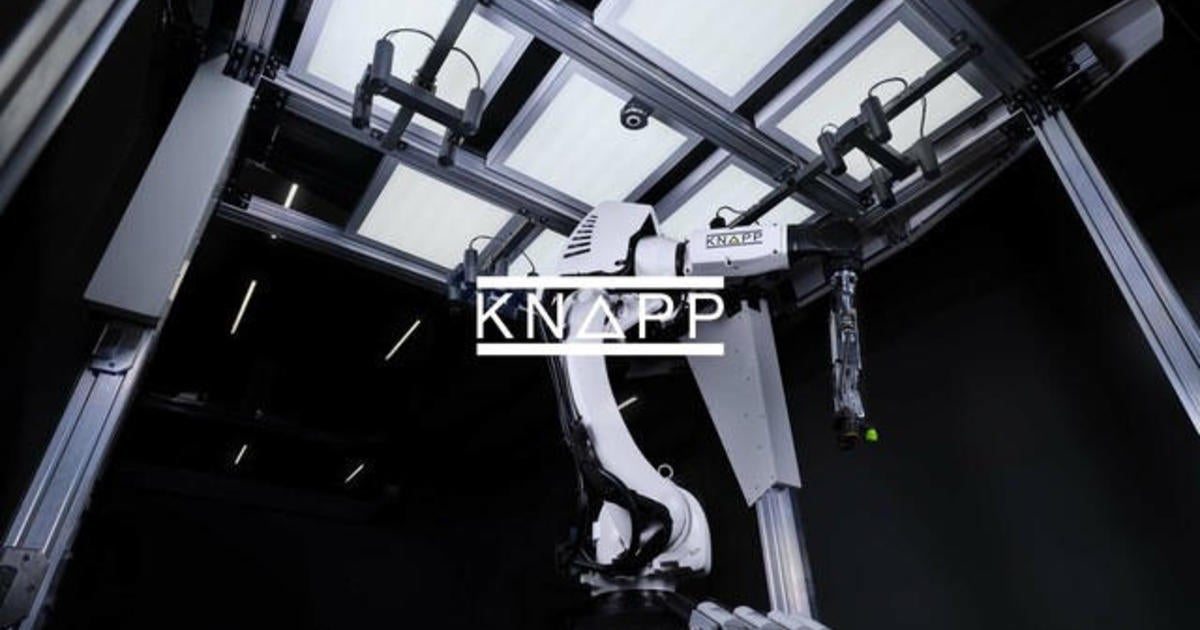Revolutionizing Warehousing: The Transformative Power of AI and Automation
As the global economy continues to evolve, the warehousing industry finds itself at the cusp of a significant transformation. The integration of artificial intelligence (AI) and automation technologies is not just a trend; it’s a revolution. These cutting-edge tools are reshaping warehousing operations, enhancing efficiency, and driving innovation in ways previously thought impossible. In this article, we will explore how AI and automation are redefining logistics, streamlining operations, and setting new standards for the industry.
The Role of AI in Warehousing
Artificial Intelligence is at the heart of modern warehousing solutions. It enables systems to learn from data, make informed decisions, and optimize processes. Here are some key applications of AI in warehousing:
- Predictive Analytics: AI algorithms analyze historical data to forecast demand, helping warehouses maintain optimal inventory levels.
- Smart Inventory Management: AI systems can track inventory in real-time, reducing the likelihood of stockouts or overstock situations.
- Automated Order Fulfillment: AI-driven robots can pick and pack orders with precision, significantly speeding up the fulfillment process.
These applications not only enhance operational efficiency but also allow warehouses to respond more swiftly to market changes, ultimately improving customer satisfaction.
Automation: The Backbone of Modern Warehousing
Automation technologies, including robotics and conveyor systems, have become integral to warehousing operations. They complement AI by executing tasks that would otherwise require significant human labor. Key features include:
- Robotic Picking Systems: Robots equipped with advanced sensors and AI can navigate warehouse aisles, identify products, and pick them for orders.
- Automated Guided Vehicles (AGVs): AGVs transport goods within the warehouse with minimal human intervention, optimizing space and reducing labor costs.
- Automated Storage and Retrieval Systems (AS/RS): These systems store and retrieve products automatically, increasing storage density and reducing the time spent locating items.
With automation, warehouses can operate 24/7, reducing turnaround times and increasing throughput, which is essential in today’s fast-paced commercial environment.
Enhancing Efficiency Through AI and Automation
The combination of AI and automation leads to unparalleled efficiency gains in warehousing operations. Here are some ways these technologies enhance efficiency:
- Reduced Labor Costs: Automation minimizes the need for manual labor, allowing companies to allocate resources more effectively.
- Improved Accuracy: AI systems reduce human error in order fulfillment, which directly impacts customer satisfaction.
- Faster Turnaround Times: Automated systems work faster than humans, enabling quicker response times to customer orders.
- Space Optimization: AI can analyze warehouse layout and suggest improvements, maximizing storage space.
By enhancing efficiency, businesses can not only cut costs but also improve service levels, providing a competitive edge in the market.
Real-World Examples of AI and Automation in Warehousing
Several companies are leading the way in adopting AI and automation in their warehousing operations. These case studies highlight the transformative power of these technologies:
- Amazon: Known for its advanced logistics, Amazon employs a fleet of Kiva robots for picking and packing. This automation has allowed them to fulfill orders at lightning speed.
- Walmart: Walmart uses AI-driven analytics to optimize its supply chain, predicting inventory needs and reducing waste.
- Alibaba: Alibaba’s warehouses feature advanced robotics and AI systems that allow for automated sorting and packaging, drastically increasing efficiency.
These examples demonstrate how the integration of AI and automation not only streamlines operations but also enhances overall service quality.
Challenges and Considerations
Despite the benefits, the transition to AI and automation in warehousing is not without challenges. Some critical considerations include:
- Initial Investment: The upfront costs for implementing sophisticated AI and automation technologies can be high, which may deter some businesses.
- Workforce Displacement: Automation can lead to job losses, creating a need for reskilling and workforce transition programs.
- Integration Issues: Existing systems may require significant upgrades to work alongside new technologies, complicating the implementation process.
Addressing these challenges will be crucial for businesses looking to successfully integrate AI and automation into their warehousing operations.
The Future of Warehousing
Looking ahead, the future of warehousing is promising, driven by continuous advancements in AI and automation technologies. Here are some anticipated trends:
- Increased Customization: AI will enable more personalized warehousing solutions tailored to specific business needs.
- Sustainability Initiatives: Automation can lead to more efficient use of resources, contributing to greener operations.
- Enhanced Collaboration: As technologies evolve, warehousing will see improved collaboration between humans and machines, ensuring optimal workflow.
By embracing these trends, businesses can position themselves for success in an increasingly competitive landscape.
Conclusion
The transformative power of AI and automation is revolutionizing warehousing, enhancing efficiency, and driving innovation across the industry. As businesses continue to adapt to these cutting-edge technologies, they will redefine traditional practices and set new standards for logistics. By investing in AI and automation, companies not only streamline operations but also enhance customer satisfaction and future-proof their businesses against the evolving demands of the marketplace. The journey ahead is filled with opportunities, and those who embrace this revolution will be well-positioned to thrive in the new era of warehousing.
See more Future Tech Daily

